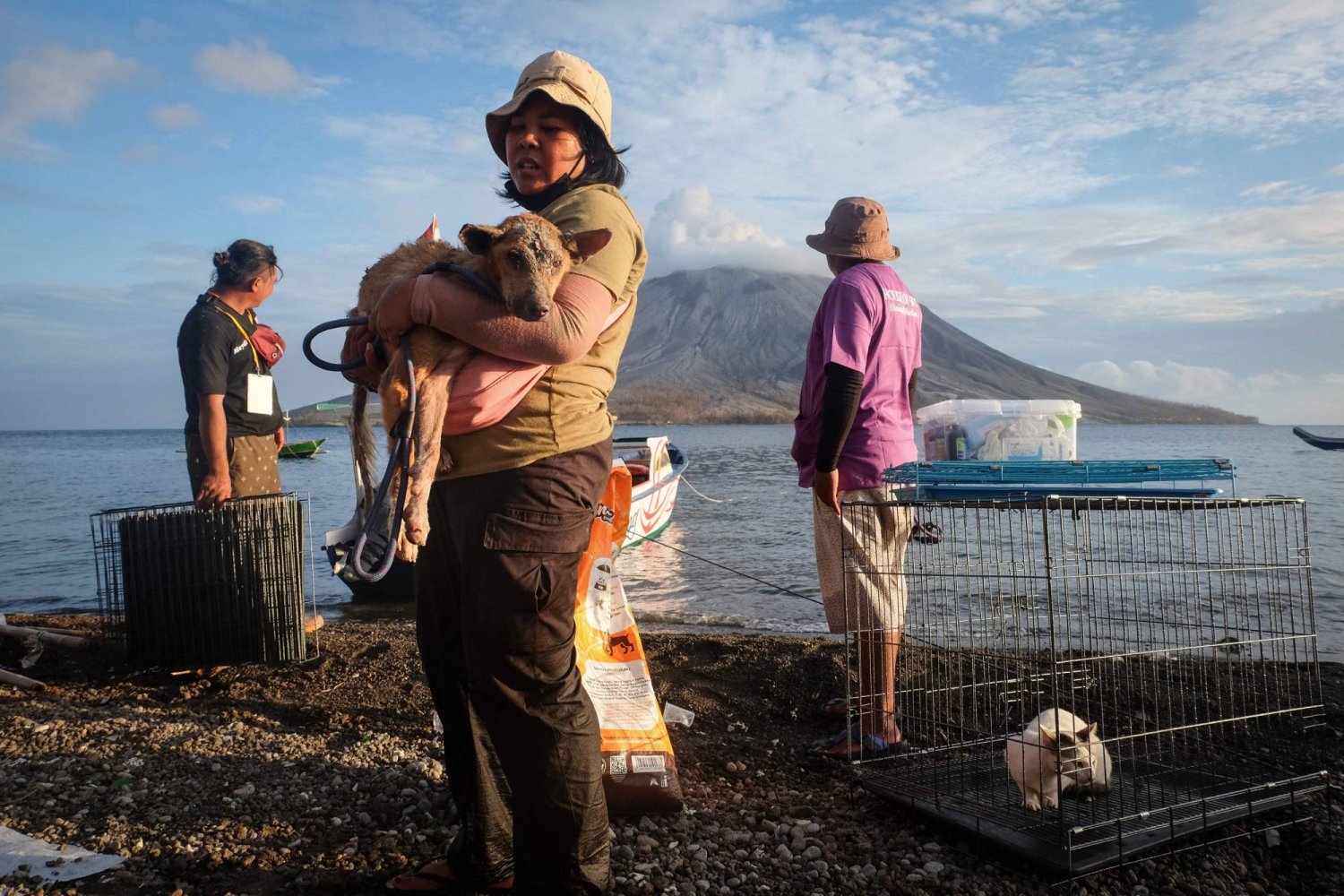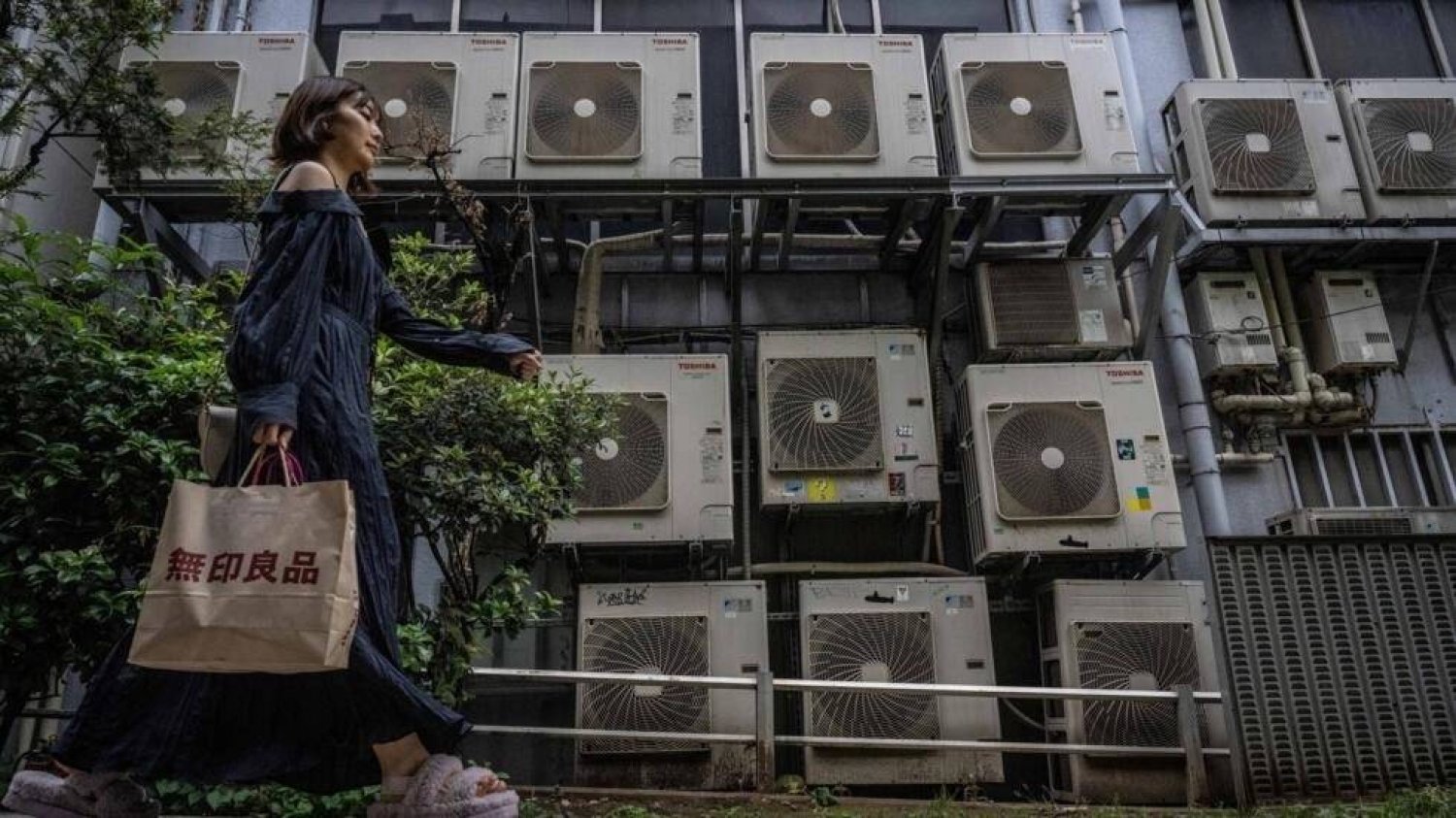The unofficial start of the summer travel season is here, with airlines hoping to avoid the chaos of last year and travelers scrounging for ways to save a few bucks on pricey airfares and hotel rooms.
Some travelers say they will settle for fewer trips than they hoped to take, or they will drive instead of fly. Others are finding different money-saving sacrifices, The Associated Press said.
Stephanie Hanrahan thought she’d save money by planning ahead for her daughter’s birthday trip to Disney World in Florida. Instead, it ended up costing the same as the Dallas-area family’s trip for four to California last summer, so now her husband and son are staying home.
“We just had to grit our teeth,” said Hanrahan, a writer and speaker who also runs a nonprofit, as she and daughter Campbell waited for their flight last week at Dallas Love Field.
The number of people going through US airports hit pandemic-era highs last weekend, and those records are almost certain to be broken over the Memorial Day holiday.
AAA predicts that 37 million Americans will drive at least 50 miles (80 kilometers) from home this weekend, an increase of more than 2 million from Memorial Day last year but still below pre-pandemic numbers in 2019. The Transportation Security Administration expects to screen 10 million travelers between Friday and Monday, a 14% increase over the holiday in 2022 and slightly more than in 2019.
With more travel comes more expense. The average rate for a US hotel room last week was $157 a night, up from $150 in the same week last year, according to hotel data provider STR. And the average daily rate for other short-term rentals such as Airbnb and Vrbo rose to $316 last month, up 1.4% from a year ago, according to AirDNA, which tracks the industry.
There is a bit of good news for drivers, however: The national average for a gallon of regular was $3.56 at midweek, down from $4.60 at this time last year, according to AAA. Renting a car is also cheaper than a year ago, when some popular destinations ran out of vehicles. Travel company Expedia said larger inventories let the companies rent more cars at lower prices.
For air travelers, airline industry officials say carriers have fixed problems that contributed to a surge in flight cancellations and delays last summer, when 52,000 flights were nixed from June through August. Airlines have hired about 30,000 workers since then, including thousands of pilots, and they are using bigger planes to reduce flights but not the number of seats.
“I don’t have the hubris to tell you exactly how the summer is going to go, but we have prepared and we have a robust plan for it,” said Andrew Watterson, chief operating officer at Southwest Airline, which struggled at times over the summer of 2022 and suffered an epic meltdown around Christmas, canceling nearly 17,000 flights.
David Seymour, the chief operating officer of American Airlines, said his staff has fine-tuned a system it uses to predict the impact of storms on major airports and devise a plan for recovering from disruptions. He said it is reducing cancellations.
“It’s going to be a solid summer for us,” Seymour said.
In a report released last month, the Government Accountability Office blamed airlines for an increase in flight cancellations as travel recovered from the pandemic. It also said airlines are taking longer to recover from disruptions such as storms.
Transportation Secretary Pete Buttigieg says the government will hold airlines responsible to treat passengers fairly when the carriers cause cancellations or long delays. But just like the airlines, the Federal Aviation Administration — the agency that manages the nation’s air traffic — has had its own staffing shortages and occasional technology breakdowns that have snarled air travel.
The FAA resorted to nudging airlines to reduce flights in the New York City area this summer, and it opened new flight paths over the East Coast to reduce bottlenecks.
“It’s going to be an ordeal — it’s always an ordeal to travel in the summer,” said travel analyst Henry Harteveldt, “but the airlines have done a lot to improve their ability to operate well this summer.”
Airlines hope that limiting the number of flights will improve reliability and reduce delays. So far, it seems to be working. About one in every 70 US flights have been canceled this year — half the rate of a year ago and lower than in 2019.
Limiting the number of flights also keeps prices above pre-pandemic levels.
A provider of travel data, Hopper, predicts that average domestic airfares will peak next month at $328 for a round-trip ticket, which is down from last summer’s record of $400 but 4% higher than in 2019.
There are some last-minute deals on domestic flights, Hopper found, but international fares are their highest in more than five years, with prices to Europe up 50% from a year ago.
The same thing is happening within Europe, as airlines hold the line on capacity at a time of strong travel demand.
“There is no expectation of seeing cheaper fares in Europe in the next seven or eight months,” says John Grant, an analyst for OAG, a UK-based travel-data provider.
For the travel industry, the big question is how long consumers can keep paying for airline tickets and accommodations while they try to deal with stubborn high inflation, news about layoffs and bank failures, and fear of a recession.
Industry executives say consumers are favoring the experience of travel over other types of spending, but some analysts see cracks in the strong demand for travel that began in early 2022.
Bank of America analysts say data from their credit and debit card customers showed a slowdown in spending in April, as card use fell below year-before levels for the first time since February 2021. They say spending on hotels, which rebounded relatively early from the pandemic, dipped this spring, while the late-recovering cruise industry is still steaming ahead — card spending on cruises rose 37% last month, although from very low levels a year ago.
“Travel remains a bright spot relative to other sectors, but we’re also seeing signs of moderation in the travel space,” said Anna Zhou, an economist for the bank.
















